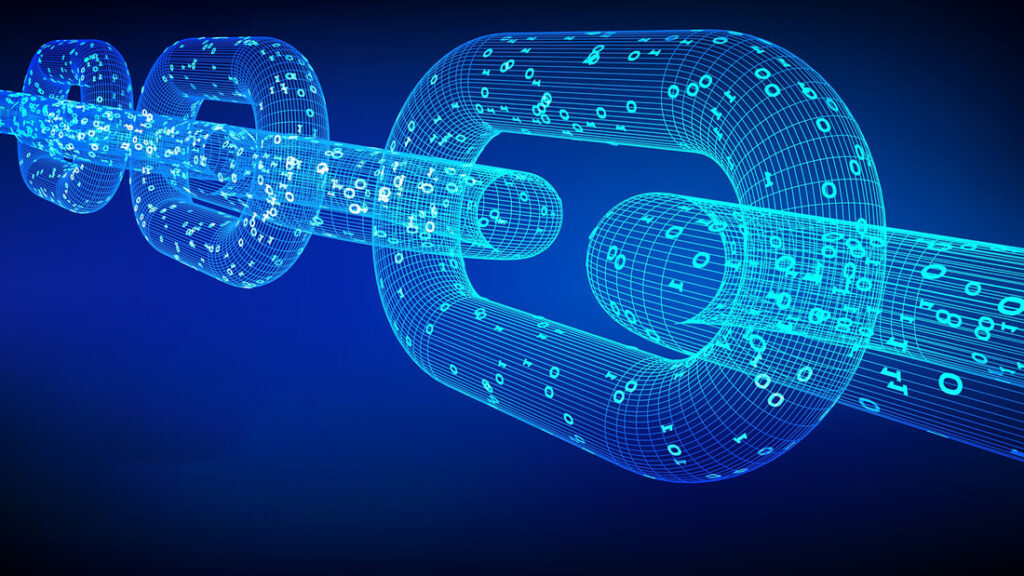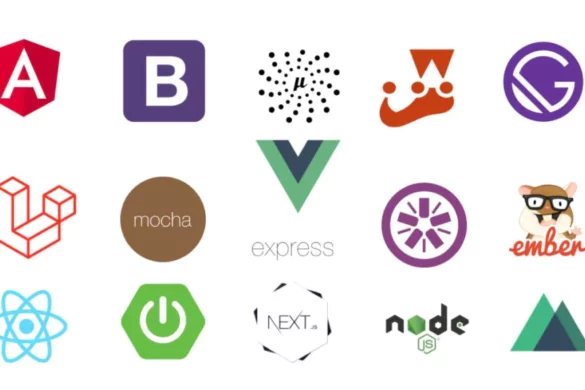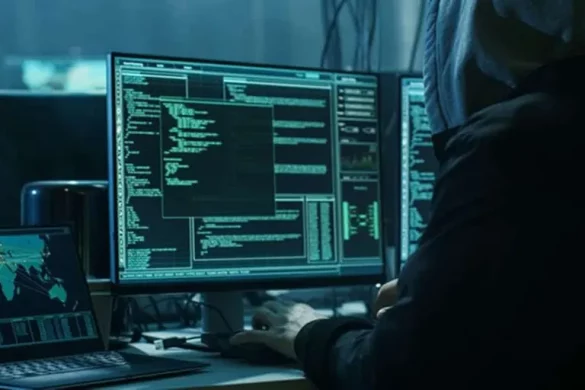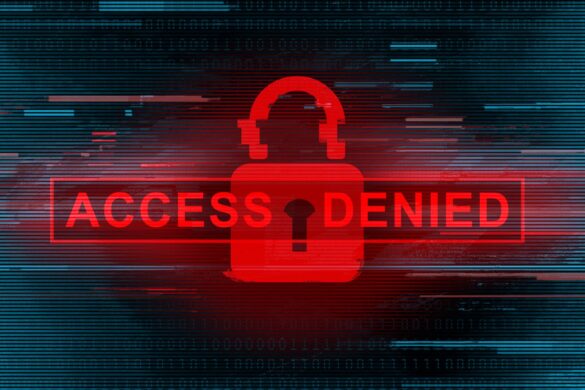From a cruising altitude, a blockchain might not look that different from things you’re familiar with, say Wikipedia.
“The practical consequence […is…] for the first time, a way for one Internet user to transfer a unique piece of digital property to another Internet user, such that the transfer is guaranteed to be safe and secure, everyone knows that the transfer has taken place, and nobody can challenge the legitimacy of the transfer. The consequences of this breakthrough are hard to overstate.”
– Marc Andreessen
From a cruising altitude, a blockchain might not look that different from things you’re familiar with, say Wikipedia.
With a blockchain, many people can write entries into a record of information, and a community of users can control how the record of information is amended and updated. Likewise, Wikipedia entries are not the product of a single publisher. No one person controls the information.
Descending to ground level, however, the differences that make blockchain technology unique become more clear. While both run on distributed networks (the internet), Wikipedia is built into the World Wide Web (WWW) using a client-server network model.
A user (client) with permissions associated with its account is able to change Wikipedia entries stored on a centralized server.
Whenever a user accesses the Wikipedia page, they will get the updated version of the ‘master copy’ of the Wikipedia entry. Control of the database remains with Wikipedia administrators allowing for access and permissions to be maintained by a central authority



